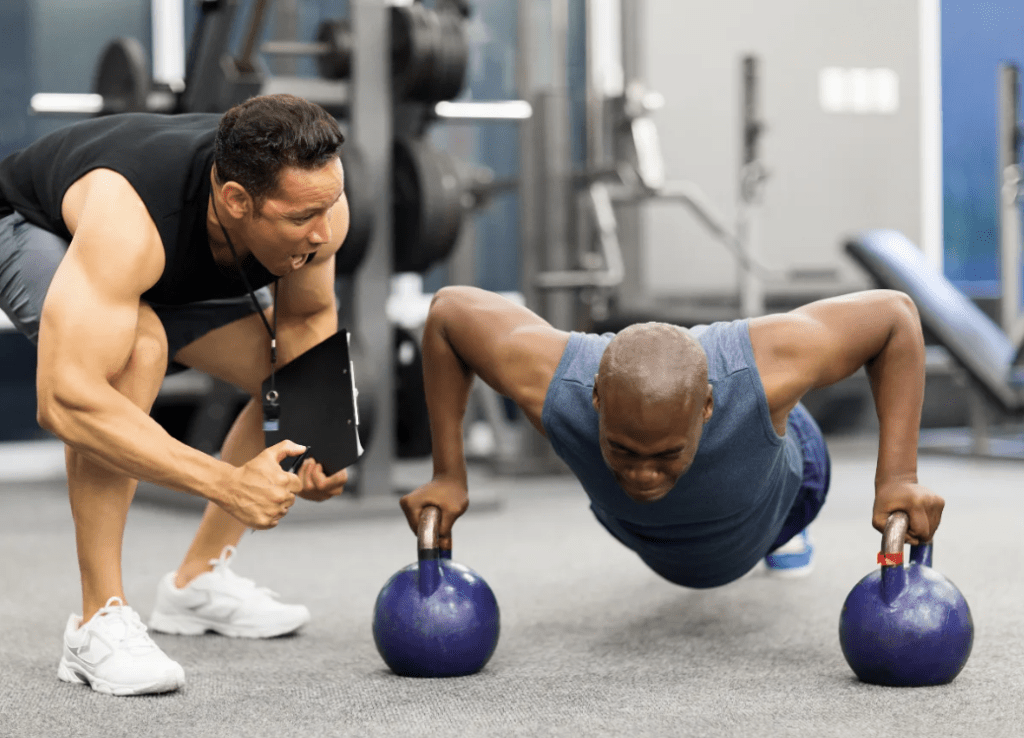- To increase calf size, here are some exercises that specifically target the calf muscles:

Calf muscles are also considered one of the most difficult to grow in the gym, to the point where many people give up trying. It turns out that the lower leg muscles are not that significantly different from other skeletal muscles
Just make sure you train them twice and this workout is the first thing you do on those two days. Don’t train them on back-to-back days of course. Leave at least 72 hours in between so they can rest. This workout plan should help you see calf growth after six weeks.
To increase calf size, here are some exercises that specifically Increase Calf Size

Tips To Increase Calf Size Calf Raises: Stand with your feet hip-width apart near a wall or use a sturdy object for support. Rise up onto the balls of your feet, lifting your heels as high as possible. Slowly lower back down and repeat for multiple repetitions. You can also try single-leg calf raises for an added challenge.
- Seated Calf Raises: Sit on a chair or bench with your feet flat on the ground. Place a weight or dumbbell on your thighs near your knees. Lift your heels off the ground, pushing through the balls of your feet, and then slowly lower them back down.

- Standing Calf Raises on a Step: Stand on the edge of a step or a sturdy platform with your heels hanging off the edge. Lower your heels down as far as you can below the step, and then push up onto the balls of your feet, lifting your heels as high as possible. Lower your heels back down below the step and repeat.
- Jump Rope: Jumping rope is a dynamic exercise that engages your calf muscles. Jumping continuously for a sustained period of time can help strengthen and build your calf muscles.

Tips To Increase Calf Size - Calf Press on Leg Press Machine: If you have access to a leg press machine, you can perform calf presses. Sit on the machine with your feet on the platform and press the weight up using your calves, extending your ankles. Slowly lower the weight back down and repeat.

- Stair Climbing: Utilize stairs or a stair climber machine to engage your calf muscles. The act of pushing off with your toes as you climb activates the calves and can help with muscle growth.
Remember to start with a weight or intensity that challenges you but allows you to maintain proper form. Gradually increase the weight or intensity over time as your calf muscles become stronger. Additionally, consistency is key, so aim to incorporate calf exercises into your routine at least two to three times a week.
Increase Calf Size
One of the most commonly bemoaned problem muscles by bodybuilders is that of the calves – a muscle group that is unfortunately dictated in large part by an individual’s genetics. This can result in the calves seeming small in size due to their attachment points along the bones of the lower body
As with any exercise program, it’s important to consult with a healthcare professional or a certified fitness trainer before starting, especially if you have any pre-existing conditions or concerns. They can provide personalized guidance and ensure that you perform the exercises safely and effectively.
References
- Green, B., McClelland, J.A., Semciw, A.I. et al. The Assessment, Management and Prevention of Calf Muscle Strain Injuries: A Qualitative Study of the Practices and Perspectives of 20 Expert Sports Clinicians. Sports Med – Open 8, 10 (2022). https://doi.org/10.1186/s40798-021-00364-0
- Kirkpatrick, J. and Russo, A., Plyometrics, Resistance Training and Hypertrophy. Temple University Sep 07, 2017. https://renaissanceperiodization.com/expert-advice/plyometrics-resistance-training-hypertrophy
- Orsted HL, Radke L, Gorst R. The impact of musculoskeletal changes on the dynamics of the calf muscle pump. Ostomy Wound Manage. 2001 Oct;47(10):18-24. PMID: 11890075.
- Trappe TA, Raue U, Tesch PA. Human soleus muscle protein synthesis following resistance exercise. Acta Physiol Scand. 2004 Oct;182(2):189-96. doi: 10.1111/j.1365-201X.2004.01348.x. PMID: 15450115.







